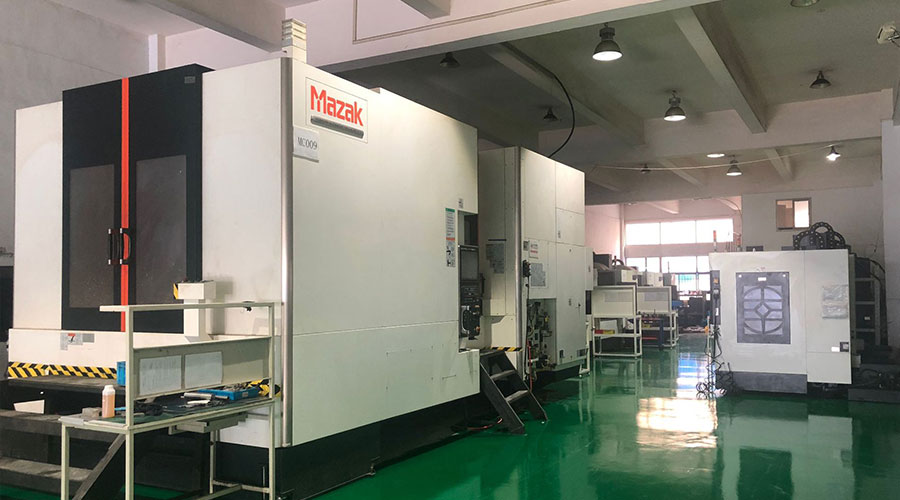Filtration is divided into circulation filtration and regular filtration, and most regular filtration uses inverted tank filtration. No matter how good the filter is, how large the filter capacity is, and how fine the filter medium is, it is impossible to filter all the solid particles through circulating filtration, because the filtered solution is always mixed with the solution before filtration during circulating filtration.
When inverted tank filtration, if the accuracy of the filter medium is 5μm, solid particles larger than 5μm can be filtered clean, because the filtered solution will not be mixed with the solution before filtration during inverted tank filtration. However, regular filtration means that the solution is not filtered during work. At this time, solid particles gradually accumulate, and then filter until the solution is almost out of work. Undoubtedly, the state of the solution is not always in the best state. In order that the solution is always in a better working condition, more and more circulating filtration is used.
When using circulating filtration, first decide how many times to filter the solution per hour. For example, if the solution volume is 1000L and the filtration volume is 1000L/h, the solution is filtered once per hour. Strongly alkaline solutions can be filtered 1-2 times per hour, such as degreasing solution and alkaline zinc plating solution. On the one hand, these solutions have low filtration requirements, and on the other hand, these solutions have high viscosity and are difficult to filter. The acid copper and nickel plating solutions should be filtered 3 to 5 times per hour. The electroless nickel plating solution should be filtered 10 times per hour to reduce the risk of solid particles decomposing the solution. When selecting the capacity of the filter according to how many times the solution is filtered per hour, it is necessary to first figure out whether the clean water flow rate of the filter refers to the maximum flow rate of the pump or the maximum flow rate of the filter. And the flow of clean water is not the flow of solution, because the density and viscosity of the two are different. The actual filtering capacity of the filter is also related to the pipeline resistance and the pollution of the filter medium. The potion supplier will recommend the number of times the solution is filtered per hour, but each company has different product requirements, and this value will vary. The potion supplier sometimes recommends a higher value to reduce the problems faced by the solution.
![]()
Filter media include wound filter elements, non-woven filter bags, paper filter elements, laminated filter media and microporous tube filter elements, as well as hybrid types. The laminated filter media and the microporous tube filter element have better filtration accuracy, but the former is more troublesome to operate and the latter is easier to block. Wound filter elements are the most used but difficult to clean and use less times. Non-woven filter bags are easy to clean and use more times, but the source of the product has a great impact on filtration accuracy. In short, each has its own advantages and disadvantages to be selected according to the situation. There is also an activated carbon filter element, which can be treated with mild activated carbon during work.
There are two types of filtration rate pumps: vertical and horizontal. The advantage of the vertical pump is that the large gap is more suitable for the filtration of electroless plating solution, but the installation method is a little more complicated than that of the horizontal pump. Horizontal pumps include mechanical pumps and magnetic pumps. The former is more suitable for use when there are more solid particles, and the latter has no shaft seal and is less likely to leak. In addition, PP pumps can be used below 80°C, but they are not resistant to chromic acid. To be resistant to chromic acid, PVC pumps can be used, but the temperature cannot exceed 50°C. If chromic acid resistance is required, and the temperature exceeds 50°C, PVDF pumps can be used. There are also stainless steel pumps and alloy pumps that can be selected according to the situation.
Link to this article: How to filter the plating tank?
Reprint Statement: If there are no special instructions, all articles on this site are original. Please indicate the source for reprinting:https://www.cncmachiningptj.com/,thanks!
 Sheet metal, beryllium, carbon steel, magnesium, 3D printing, precision CNC machining services for heavy equipment, construction, agriculture and hydraulic industries. Suitable for plastics and rare alloys machining. It can turn parts up to 15.7 inches in diameter. Processes include swiss machining,broaching, turning, milling, boring and threading. It also provides metal polishing, painting, surface grinding and shaft straightening services. The production range(include aluminum die casting and zinc die casting) is up to 50,000 pieces. Suitable for screw, coupling, bearing, pump, gearbox housing, drum dryer and rotary feed valve applications.PTJ will strategize with you to provide the most cost-effective services to help you reach your target,Welcome to Contact us ( [email protected] ) directly for your new project.
Sheet metal, beryllium, carbon steel, magnesium, 3D printing, precision CNC machining services for heavy equipment, construction, agriculture and hydraulic industries. Suitable for plastics and rare alloys machining. It can turn parts up to 15.7 inches in diameter. Processes include swiss machining,broaching, turning, milling, boring and threading. It also provides metal polishing, painting, surface grinding and shaft straightening services. The production range(include aluminum die casting and zinc die casting) is up to 50,000 pieces. Suitable for screw, coupling, bearing, pump, gearbox housing, drum dryer and rotary feed valve applications.PTJ will strategize with you to provide the most cost-effective services to help you reach your target,Welcome to Contact us ( [email protected] ) directly for your new project.
Link to this article:How to filter the plating tank?
Reprint Statement: If there are no special instructions, all articles on this site are original. Please indicate the source for reprinting.:Silicone And Casting,Thanks!^^